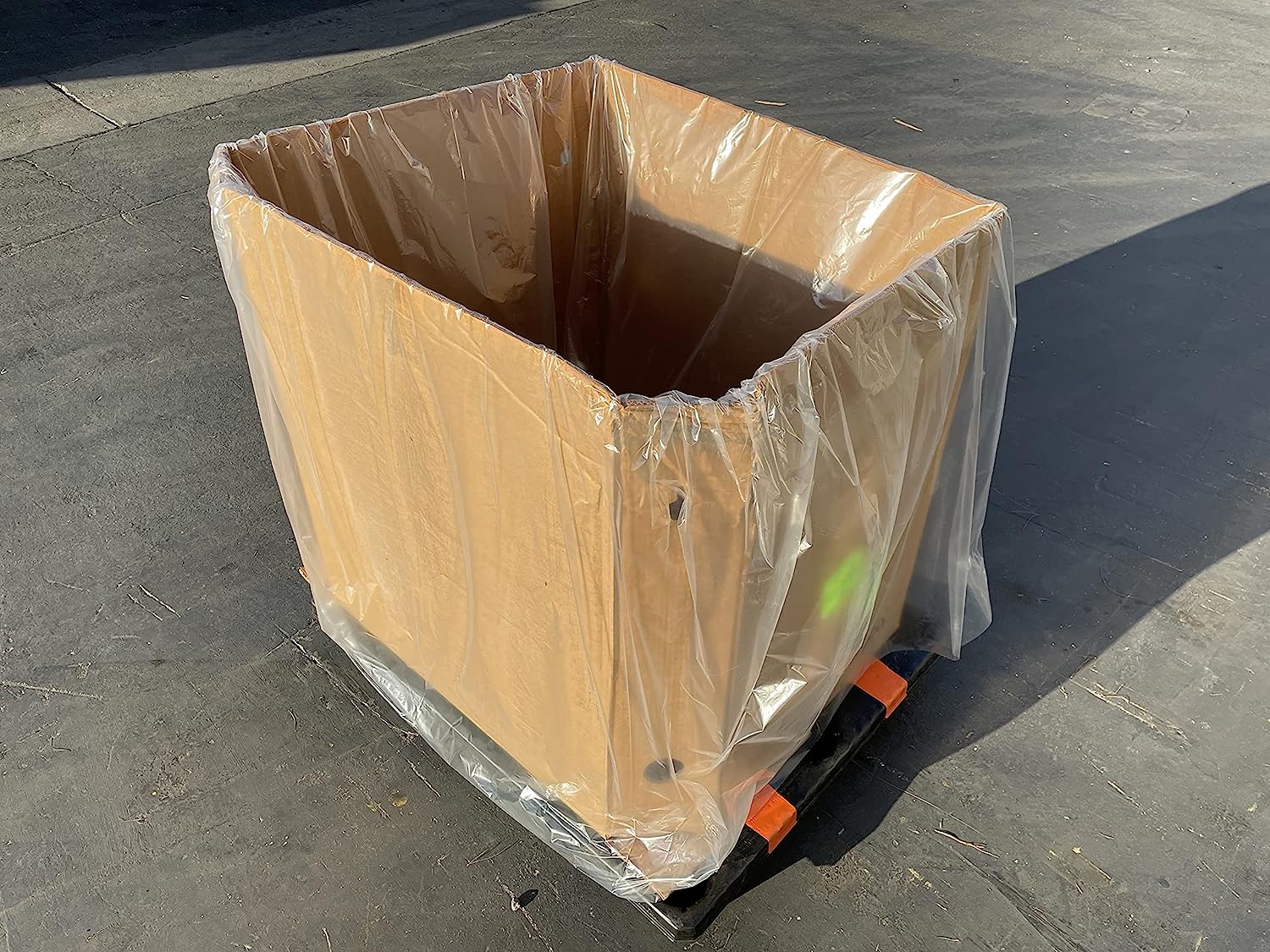

Articles
Why Are They Called Gaylord Boxes
Modified: January 18, 2024
Discover the meaning behind the term "Gaylord boxes" and explore creative storage ideas. Find out how these boxes can help optimize your storage space.
(Many of the links in this article redirect to a specific reviewed product. Your purchase of these products through affiliate links helps to generate commission for Storables.com, at no extra cost. Learn more)
Introduction
Gaylord boxes are a type of large, sturdy container that is commonly used for shipping and storing various products. Over the years, these boxes have become a popular choice for businesses due to their durability and versatility. However, many people often wonder about the origin of the term “Gaylord” and why these boxes are called by that name.
In this article, we will explore the background of Gaylord boxes and shed light on the intriguing story behind their name. We will also discuss the alternative names used for these boxes, their common uses, the benefits they offer, and their environmental impact. By the end of this article, you will have a comprehensive understanding of why these boxes are referred to as Gaylord boxes.
Key Takeaways:
- The term “Gaylord” originated from the pioneering Gaylord Container Corporation, becoming synonymous with large, durable shipping containers. Despite alternative names, the legacy of Gaylord boxes persists across industries and regions.
- Gaylord boxes offer businesses a cost-effective, versatile, and environmentally friendly packaging solution. Their large capacity, durability, and recyclability make them essential for shipping, storage, and sustainable waste management.
Read more: Why Is It Called Silverware
Background on Gaylord Boxes
Gaylor boxes are large, rectangular containers primarily used for shipping and packaging purposes in various industries. They are typically made of corrugated cardboard or plastic, providing excellent strength and durability. The dimensions of Gaylord boxes can vary, but they are generally larger than standard shipping boxes, with capacities ranging from 200 to 2,500 pounds.
The origin of Gaylord boxes can be traced back to the 1940s in the United States. The boxes were initially designed to transport bulk produce, such as fruits and vegetables, from farms to distribution centers and markets. The sturdy construction of Gaylord boxes made them perfect for holding and protecting large quantities of produce during transit.
As time went on, businesses recognized the versatility of Gaylord boxes and began using them for a wide range of products and materials. Today, they are commonly used in industries such as manufacturing, retail, logistics, and recycling. They have evolved to accommodate various needs, with options for customizability, different load capacities, and specialized features like collapsibility and pallet compatibility.
Gaylord boxes have become particularly popular in industries that handle bulk materials, such as automotive parts, textiles, food products, and industrial waste. Their large size and robust construction make them ideal for shipping and storing items that cannot be easily accommodated in standard boxes or crates.
Origin of the Term “Gaylord”
The term “Gaylord” used to refer to these large containers might seem unusual or even perplexing to some. However, its origin can be traced back to the company that first manufactured and popularized these boxes.
In the 1940s, a company named Gaylord Container Corporation began producing these sturdy, large-capacity boxes for shipping purposes. The company was founded by Ernest C. Gaylord, an entrepreneur with a vision to revolutionize the packaging industry. Gaylord Container Corporation quickly gained recognition for its high-quality packaging solutions, including the now-famous Gaylord boxes.
As the containers gained widespread usage and popularity, the term “Gaylord” became synonymous with this specific type of large, heavy-duty box. It became a generic term used to describe similar containers, regardless of the manufacturer. This shift in language usage is a testament to the Gaylord Container Corporation’s successful branding and establishment of their product as an industry standard.
While the Gaylord Container Corporation no longer exists today, the legacy of the Gaylord box lives on. The term “Gaylord” has become deeply ingrained in the industry lexicon, and the boxes are recognizable by this name across different sectors and regions.
It is important to note that, in recent years, some companies have started referring to these containers as “bulk boxes” or “tote boxes” to avoid any potential confusion or trademark issues. Nonetheless, the term “Gaylord” is still widely recognized and used by many businesses and individuals.
Alternative Names for Gaylord Boxes
While the term “Gaylord” has become the widely recognized name for these large shipping and storage containers, there are alternative names that are used interchangeably in different regions or industries. These alternative names often serve the same purpose of describing the function and characteristics of these containers.
One common alternative name for Gaylord boxes is “bulk boxes.” This name conveys the primary use of these containers, which is to transport and store bulk quantities of items. It emphasizes their capacity to hold large volumes of products, making them suitable for industries that deal with high-volume shipments or materials.
Another commonly used term is “tote boxes.” This name emphasizes the versatility of these containers, as they can serve as temporary storage or transport solutions. The term “tote” indicates that these boxes can be easily moved around with the help of pallet jacks or forklifts, allowing for efficient handling and logistics.
In the recycling industry, Gaylord boxes are sometimes referred to as “bulk bins” or “corrugated bins.” This highlights their use as recyclable containers for collecting and sorting various materials, such as paper, cardboard, plastics, or metals. These boxes are often used in recycling facilities or during collection processes to streamline the sorting and disposal of recyclable materials.
It is worth mentioning that these alternative names may vary depending on geographical location or industry-specific jargon. Some companies or organizations may also use their own proprietary names for these types of containers. Nonetheless, regardless of the name used, the purpose and functionality remain consistent: providing a robust and efficient solution for shipping, storing, and handling bulk quantities of products or materials.
The term “Gaylord boxes” originated from the Gaylord Container Company, which was a major producer of large cardboard boxes. The name has since become a generic term for these types of boxes, regardless of the manufacturer.
Common Uses of Gaylord Boxes
Gaylord boxes are incredibly versatile and find application in various industries due to their large size, durability, and ease of handling. Let’s explore some of the most common uses of Gaylord boxes:
- Shipping and Warehousing: Gaylord boxes are extensively used for shipping and storing a wide range of products, including automotive parts, textiles, food products, electronics, and more. Their spacious design allows for efficient packing and stacking on pallets, making them ideal for transportation and warehousing purposes.
- Bulk Material Handling: Industries dealing with bulk materials, such as plastics, metals, paper, or agricultural products, rely on Gaylord boxes. These boxes can safely hold large volumes of materials during transit or storage, reducing the need for multiple smaller containers.
- Recycling and Waste Management: Recycling facilities often utilize Gaylord boxes for collecting, sorting, and transporting recyclable materials. These containers facilitate the collection process and ensure efficient handling of recyclables, contributing to sustainable waste management practices.
- Product Distribution and Display: Gaylord boxes are employed in retail environments for product distribution and display. They allow for easy organization, storage, and presentation of various items, making them useful for seasonal promotions, sales, or inventory management.
- Industrial Storage: In manufacturing facilities or warehouses, Gaylord boxes serve as temporary or long-term storage solutions for semi-finished or finished products. Their robust construction ensures the safety and security of stored items until they are ready for further processing or shipment.
- Moving and Relocation: Gaylord boxes are often utilized during residential or commercial moves. They provide a convenient and reliable option for packing and transporting belongings, especially larger and bulkier items that require extra protection.
These are just a few examples of the many ways Gaylord boxes are utilized across industries. Their versatility makes them a preferred choice for businesses looking for efficient, cost-effective, and reliable packaging and storage solutions.
Read more: Why Is It Called Bluegrass
Benefits of Gaylord Boxes
Gaylord boxes offer numerous advantages that make them a popular choice for businesses across industries. Here are some of the key benefits of using Gaylord boxes:
- Large Capacity: Gaylord boxes have a significantly larger capacity compared to standard shipping boxes. This allows for efficient handling and storage of bulk quantities of products or materials, reducing the need for multiple smaller containers and saving valuable space.
- Durability: Gaylord boxes are constructed with sturdy materials, such as corrugated cardboard or plastic, which provide excellent strength and resistance to damage. This ensures that goods are well-protected during transit and storage, minimizing the risk of breakage or loss.
- Stackability: Gaylord boxes are designed for easy stacking on pallets, optimizing space utilization in warehouses or during transportation. The ability to stack these boxes safely and securely maximizes storage capacity and streamlines logistics processes.
- Customizability: Businesses can customize Gaylord boxes to meet their specific requirements. Whether it is choosing the dimensions, load capacity, or adding features like access flaps or drop doors, customization options allow for the perfect fit for different products and applications.
- Cost-Effective: Utilizing Gaylord boxes can lead to cost savings in packaging and shipping processes. The larger capacity reduces the need for additional packaging materials, and the ability to stack boxes maximizes transport efficiency, reducing the overall shipping costs.
- Reusability and Recyclability: Gaylord boxes are often reusable, enabling businesses to reduce their environmental impact and operational costs by using them multiple times. Additionally, these boxes are recyclable, contributing to sustainable waste management practices and promoting a circular economy.
- Efficient Handling: Gaylord boxes are designed for easy handling with the use of standard equipment like forklifts or pallet jacks. This allows for quick and efficient loading, unloading, and movement of goods, saving time and reducing manual labor requirements.
Overall, the benefits of using Gaylord boxes extend beyond their function as shipping and storage containers. They provide businesses with a reliable and cost-effective solution that can streamline their supply chain, protect their products, and contribute to sustainable practices.
Environmental Impact of Gaylord Boxes
Gaylord boxes have several environmental benefits compared to other packaging options. Here are some aspects of their environmental impact:
- Recyclability: Gaylord boxes are typically made from corrugated cardboard or plastic, both of which are recyclable materials. This means that at the end of their life cycle, the boxes can be collected, processed, and transformed into new products, reducing the demand for virgin materials.
- Resource Conservation: By utilizing Gaylord boxes for shipping and storage, businesses can reduce the overall consumption of packaging materials. The large capacity of these boxes allows for consolidation and efficient use of resources, minimizing waste generation.
- Reuse Opportunities: Gaylord boxes can often be reused multiple times before they reach the end of their lifespan. Businesses can return empty Gaylord boxes to suppliers or repurpose them within their operations. This reduces the need for additional packaging materials and extends the boxes’ useful life.
- Space Optimization: Gaylord boxes’ stackability feature allows for better space utilization in warehouses and during transportation. This can lead to optimized load volumes and reduced fuel consumption in shipping, contributing to lower carbon emissions.
- Sustainable Waste Management: Gaylord boxes are commonly used in recycling and waste management industries for collecting and sorting recyclable materials. They facilitate the efficient handling and transportation of these materials, helping to promote sustainable waste management practices and circular economy principles.
- Carbon Footprint Reduction: Gaylord boxes’ larger capacity and stackability contribute to more efficient logistics and transportation. This results in fewer trips required to move the same volume of goods, reducing the carbon footprint associated with shipping operations.
It is important to note that while Gaylord boxes have environmental benefits, their ultimate impact depends on the responsible disposal and recycling practices adopted by businesses and individuals. Proper recycling and waste management ensure that the materials recovered from Gaylord boxes can be effectively turned into new products, minimizing the environmental footprint.
By choosing Gaylord boxes and implementing sustainable practices, businesses can reduce waste generation, conserve resources, and contribute to a more environmentally-friendly supply chain.
Conclusion
Gaylor boxes have become an indispensable tool in the shipping, storage, and packaging industry. Their durability, large capacity, and versatility make them a preferred choice for businesses across various sectors. The name “Gaylord” has become synonymous with these containers, thanks to the pioneering efforts of the Gaylord Container Corporation, which first introduced them to the market.
While alternative names like “bulk boxes” or “tote boxes” are used in some contexts, “Gaylord” remains the widely recognized term for this type of container. The legacy of the Gaylord boxes lives on due to their robust construction and the benefits they offer to businesses and the environment.
Gaylord boxes provide businesses with numerous advantages, from their large capacity and durability to their stackability and cost-effectiveness. They cater to a wide range of uses, including shipping, warehousing, bulk material handling, recycling, product distribution, and more.
From an environmental standpoint, Gaylord boxes contribute to sustainable practices. They are recyclable, reusable, and provide resource conservation and efficient space utilization. By utilizing Gaylord boxes, businesses can reduce their carbon footprint, promote sustainable waste management, and contribute to a circular economy.
In conclusion, Gaylord boxes are a reliable and efficient packaging and storage solution that meets the needs of businesses while minimizing environmental impact. Their versatility, durability, and environmental benefits make them an essential component of numerous industries, helping streamline operations, protect products, and promote sustainability.
Frequently Asked Questions about Why Are They Called Gaylord Boxes
Was this page helpful?
At Storables.com, we guarantee accurate and reliable information. Our content, validated by Expert Board Contributors, is crafted following stringent Editorial Policies. We're committed to providing you with well-researched, expert-backed insights for all your informational needs.

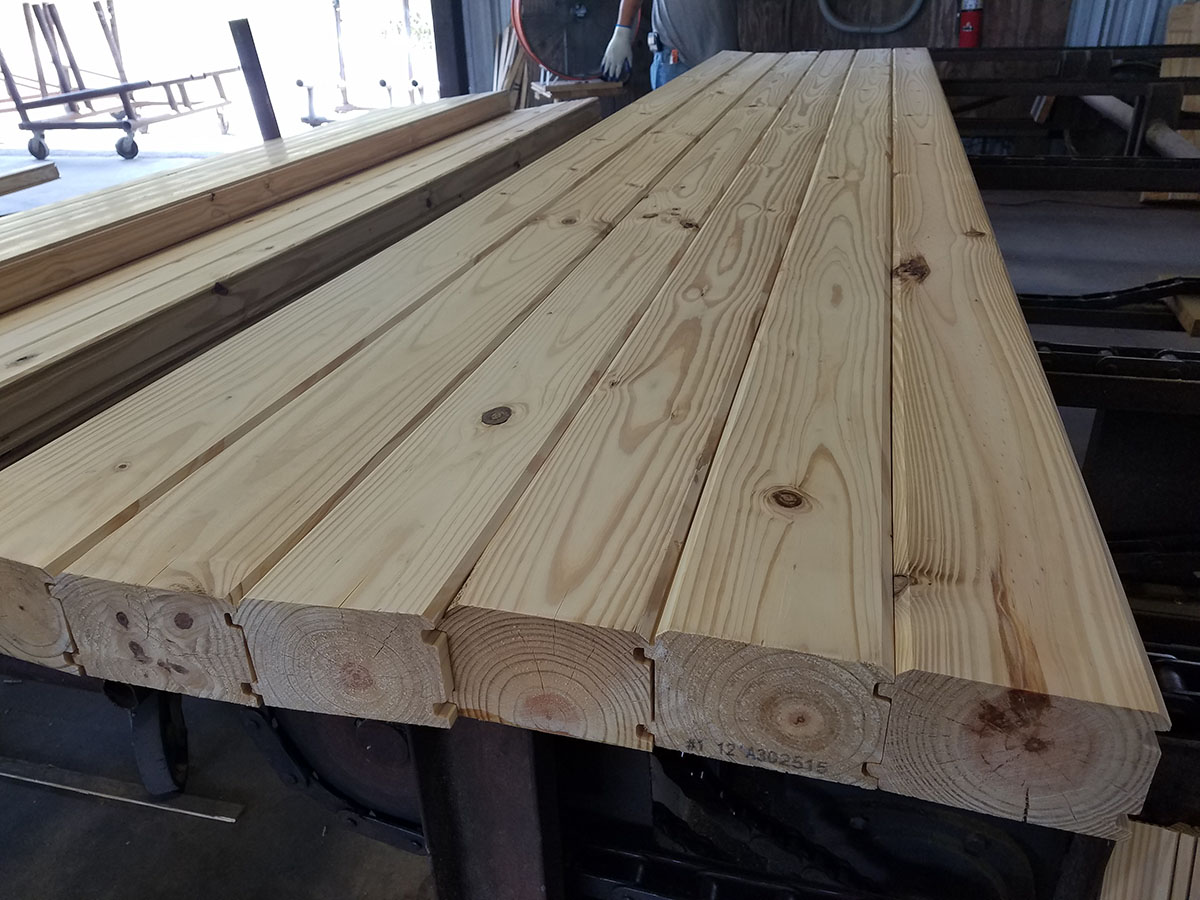




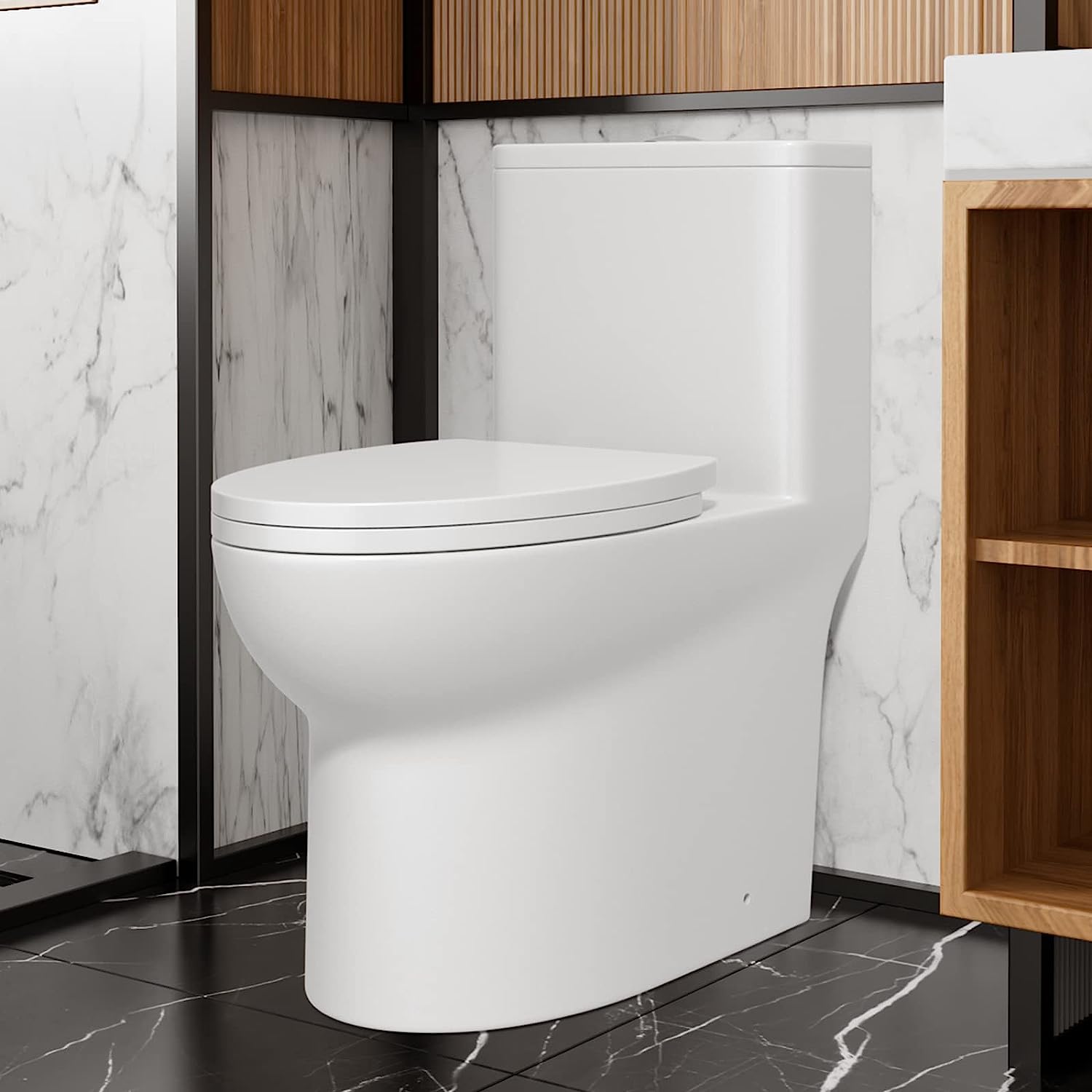



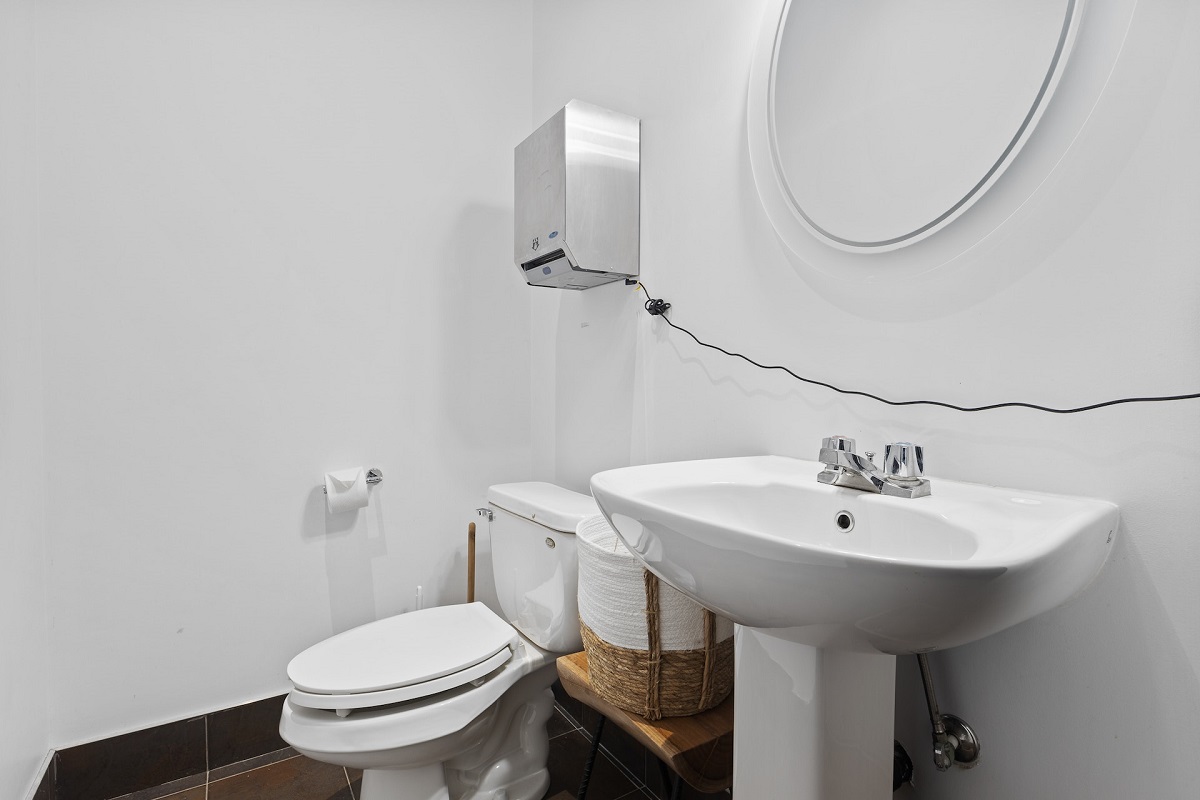


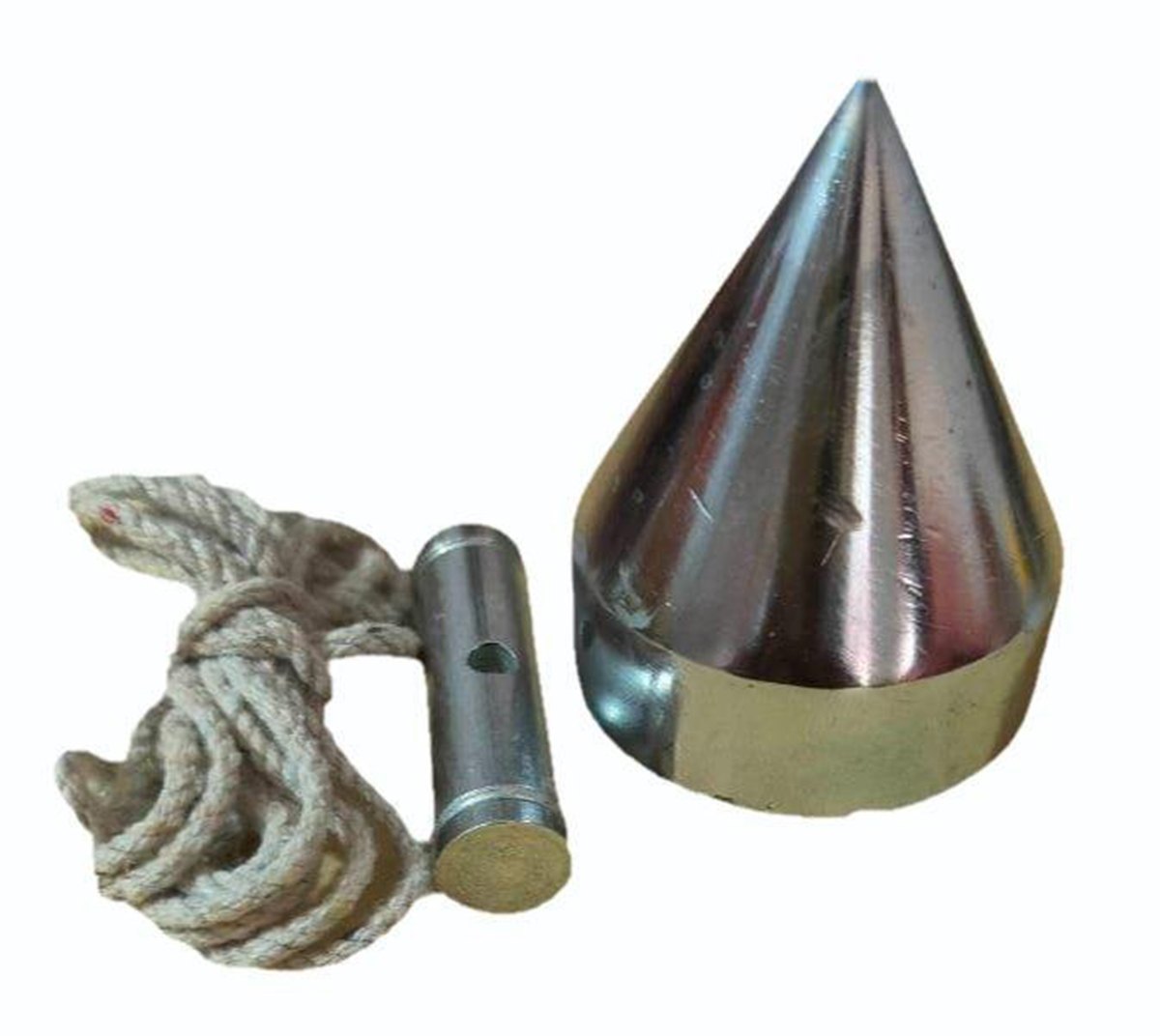

0 thoughts on “Why Are They Called Gaylord Boxes”